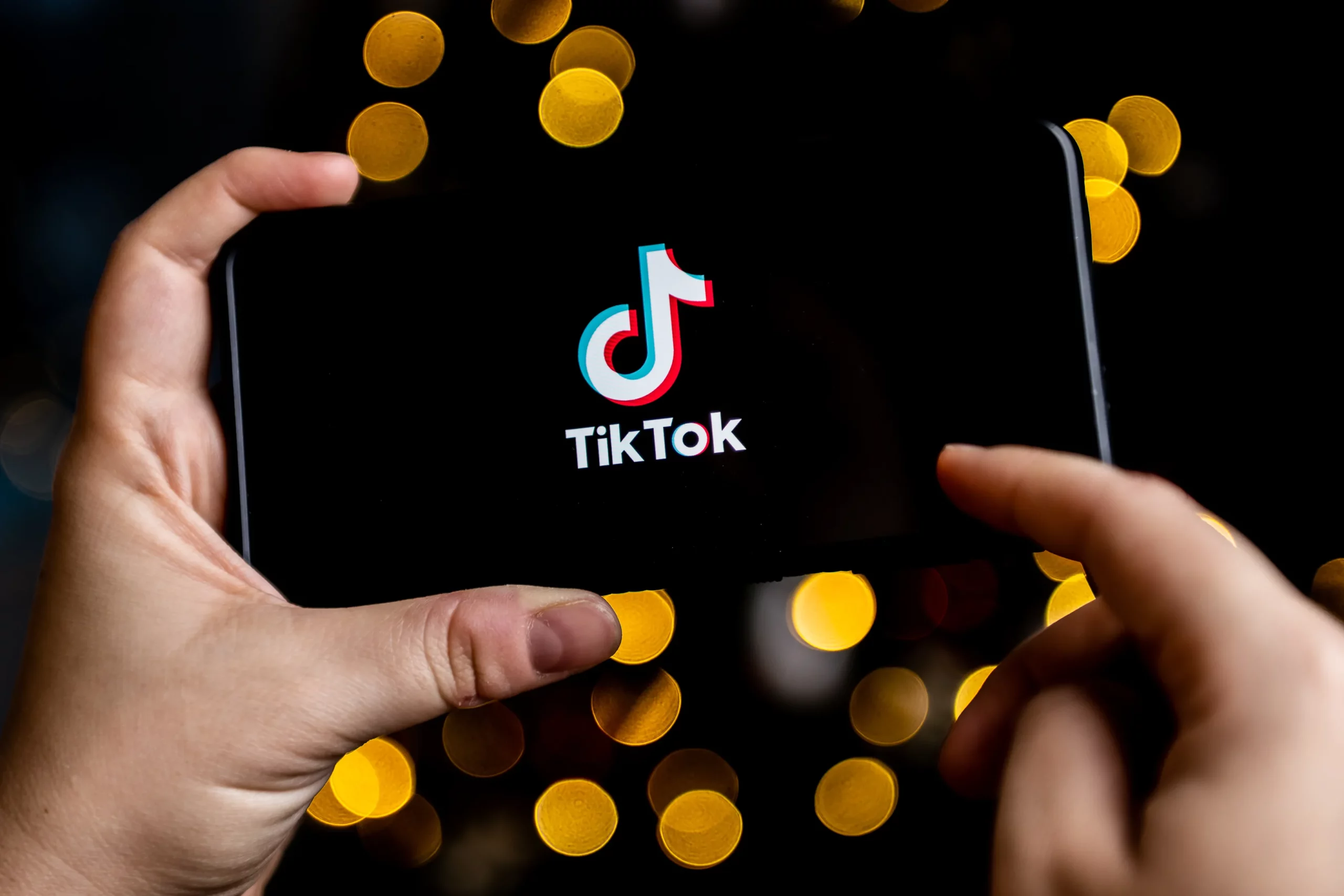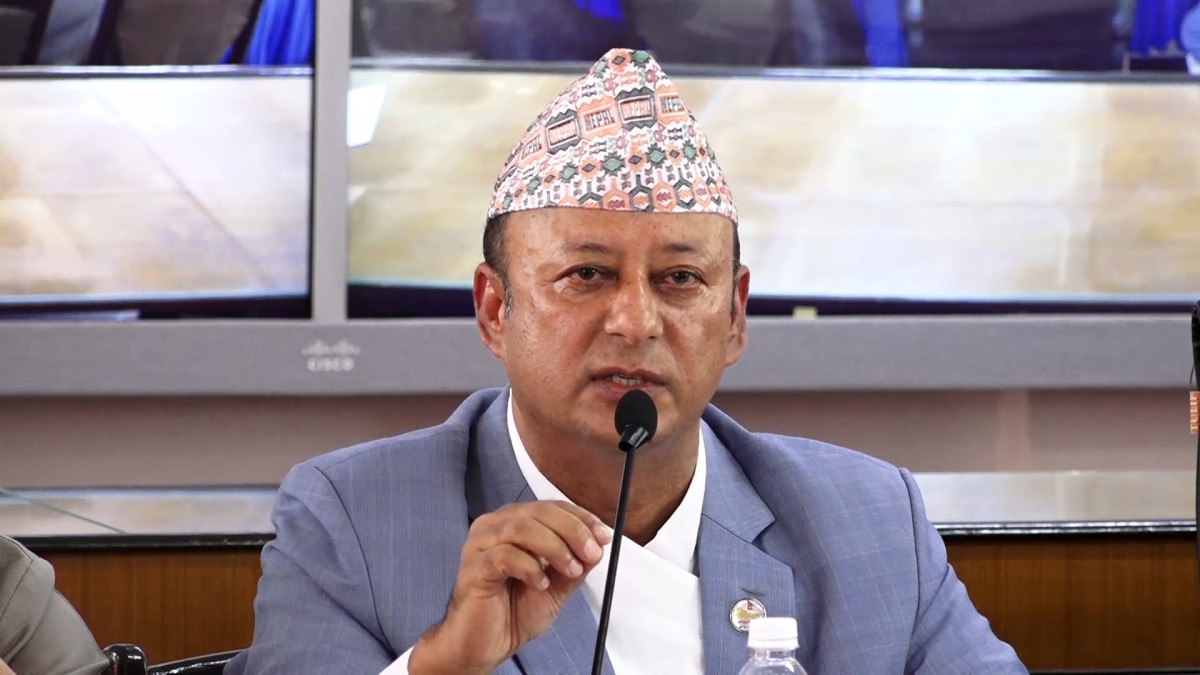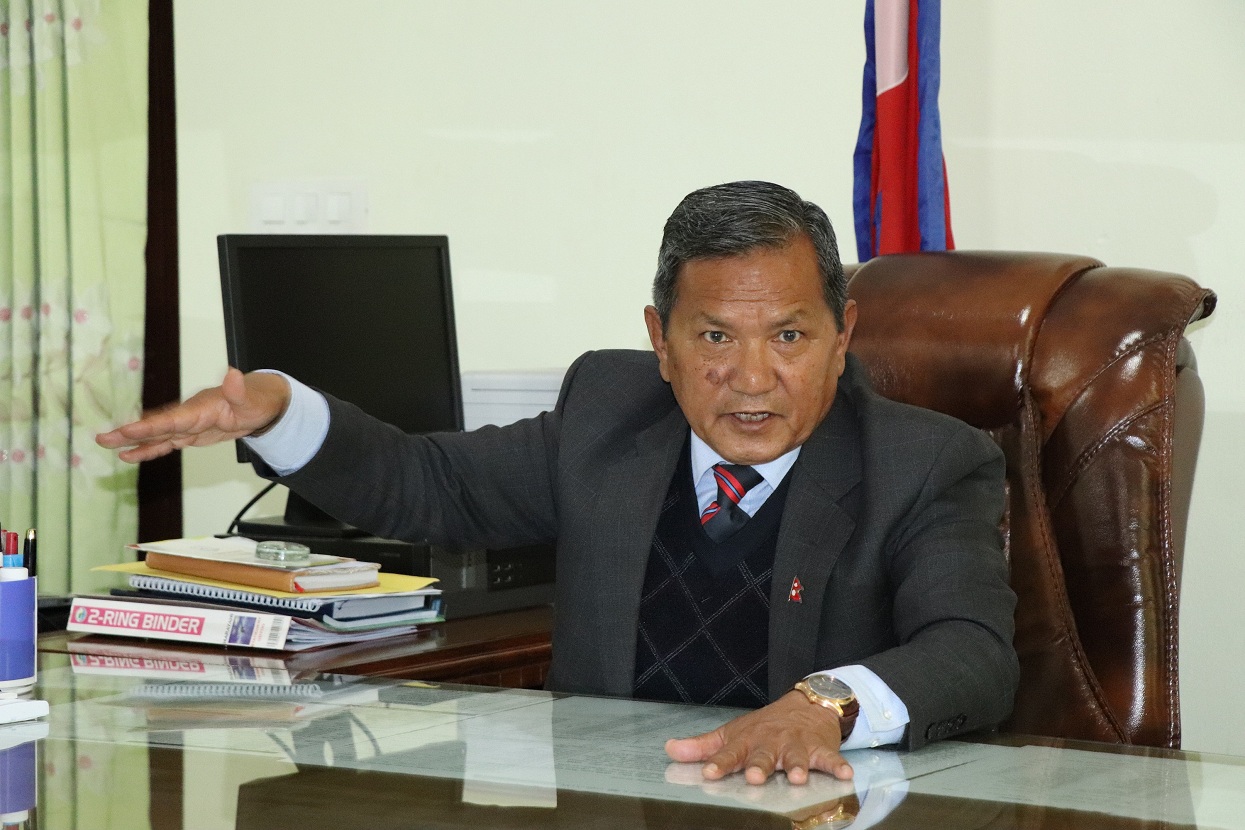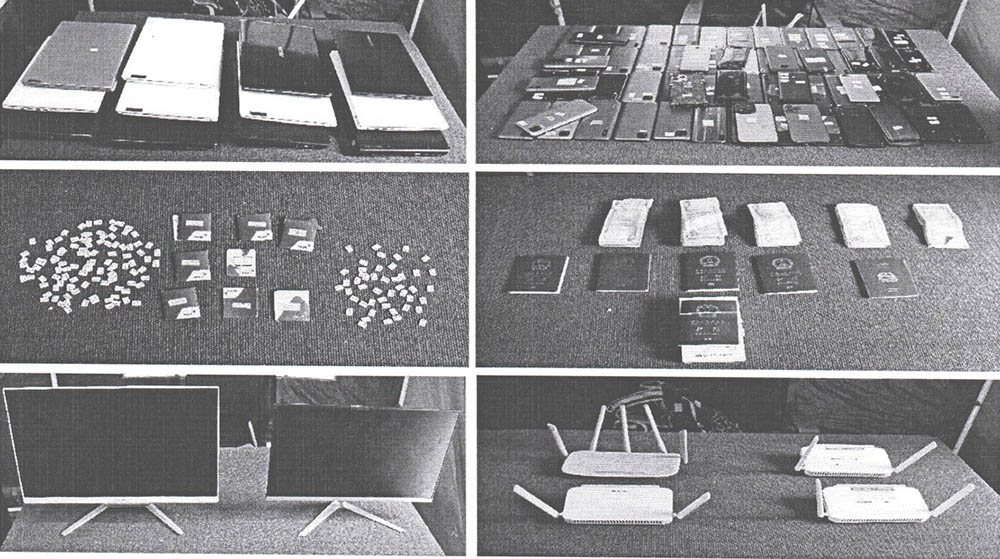Balancing Technology and Tradition: A Case for Regulating, Not Banning TikTok in Nepal
The impact of TikTok's human element in Nepal is significant. An example of this is a youthful entrepreneur in Kathmandu who utilized the platform to exhibit her authentic Nepali handicrafts, thereby connecting with clients she would not have otherwise reached.

Standing in the heart of the Himalayas, Nepal is at a very important crossroad right now, balancing the value of its long cultural history with the appeal of modern technology. The government’s ban on TikTok, a global social media phenomenon, sparks an important conversation about the appropriate use of technology in Nepal. This conversation has more meaning when you think about how TikTok has impacted people all over the world, along with the deep-rooted wisdom found in Nepali society and yoga.
TikTok has a huge impact and spread around the world. With more than a billion daily users, it surpasses geographical limitations.
Different countries have responded differently. India banned it due to security concerns. The European Union prioritized data privacy rules instead of banning it. South Korea, recognizing the dangers of internet addiction, has established treatment centers and the ‘Shutdown Law,’ limiting online gaming for minors. China has imposed restrictions on the amount of time minors can spend on online games, reflecting concerns over digital addiction. Germany focuses on digital literacy, educating its citizens about the psychological effects of social media. In the United Kingdom, efforts are underway to regulate social media platforms to protect the mental health of young people, specially children and adolescents.
On the other hand, TikTok has played a crucial role in promoting economic and creative expansion. The app has stimulated a fresh surge of entrepreneurial activity and creative expression. According to Oberlo’s study, TikTok has more user engagement than other platforms. This means that brands and creators have more opportunities to be seen and interact with each other. Yet, the app’s commitment to empowering people financially is significant. According to the Global Web Index report, 17% of TikTok users find products through the app, which is very helpful for developing countries and small businesses.
In the United States, 48% of adults under 30 use TikTok to get their news, as per the Pew Research Center. Nepal, with a growing internet penetration, currently boasting approximately 51.6 percent of the total population at the start of 2023. According to Kepios, the number of internet users in Nepal rose by 181,000 (+1.2%) from 2022 to 2023. TikTok presents a distinctive combination of prospects and difficulties. Young Nepalis now have a lively platform to show their artistic talents, share their cultural heritage, and reach a global audience. Simultaneously, more and more people are concerned about mental health, digital addiction, and cultural decline.
The impact of TikTok’s human element in Nepal is significant. An example of this is a youthful entrepreneur in Kathmandu who utilized the platform to exhibit her authentic Nepali handicrafts, thereby connecting with clients she would not have otherwise reached.
A farmer residing in an isolated village disseminated his methods of organic farming, thereby motivating individuals around the nation. These stories showcase the platform’s ability to facilitate connections, provide education, and enable empowerment.
The call for a balanced approach to TikTok in Nepal demands not only a well-structured and meticulously planned regulatory strategy but also a deep understanding of human psychology and neuroscience. Formulating our strategy requires a vital understanding of this information, particularly given the addictive nature of precisely engineered social media platforms like TikTok.
These platforms frequently employ intermittent reinforcement, which is a psychological concept that involves rewarding behaviors in an unpredictable manner, similar to how slot machines operate. The inherent unpredictability of this phenomenon might result in heightened levels of user engagement and potentially foster addictive behaviors. This is because using vivid imagery, immediate response, and community affirmation activates the brain’s reward system, making these apps even more appealing and addicting.
Gaining insight into these psychological foundations is crucial for devising impactful strategies that encourage the responsible use of social media in accordance with our cognitive and emotional welfare.
This entails the implementation of a holistic approach that integrates psychology, neuroscience, and yoga.
* Scheduled DigitalDetoxes: Encourager regular breaks from digital platforms, as recommended by neuroscience, in order to reset the brain’s reward system and decrease reliance.
* Mindful Usage Campaigns: Promote the practice of conscious scrolling, fostering users’ awareness of their emotional and psychological well-being during their TikTok usage. By utilizing psychological concepts, this method can assist individuals in identifying and managing addictive behaviors.
* Educational Programs about impact on Brain: Inform the public about how habitual use of social media can alter brain function and structure. Having knowledge about neuroplasticity enables individuals to make well-informed decisions regarding their digital engagements.
* Yoga and Mental wellness Workshops: Integrate the principles of yoga, focusing on the fundamental principles of yoga with a specific emphasis on mindfulness and inner equilibrium, into the practice of digital consumption. This can aid in reducing compulsive usage and improving mental well-being.
* Parental and Educator Guidance: Develop workshops for parents and educators that combine psychological insights, neuroscience findings, and yogic principles to guide younger generations towards healthier social media interactions.
By implementing such strategies based on the principles of equilibrium and attentiveness, Nepal can create a balanced digital environment that respects both its cultural heritage and the realities of the modern digital world.
Nepal’s journey with technology, especially platforms like TikTok, should be about finding a middle ground. By learning from global experiences and tailoring solutions to our unique cultural and societal needs, we can harness TikTok’s positives while mitigating its negatives. We should aim to foster a digital ecosystem that welcomes innovation without compromising our societal values and mental well-being.
In this endeavor, we honor both our heritage and our future, ensuring that technology acts as a bridge, not a barrier, to our nation’s progress. This approach, which blends traditional wisdom with modern scientific understanding, can position Nepal as a global exemplar in handling the complexities of the digital age.
[The writer is a Nepali software entrepreneur based in USA and founder of StretchYo, an app dedicated to transforming people’s lifestyles and helping them become healthier and more productive.]
-Sarad Dhungel/RSS









